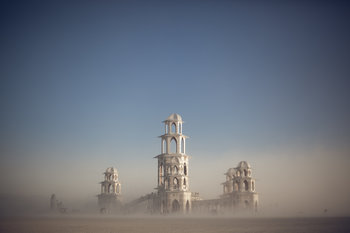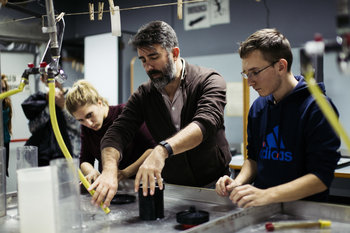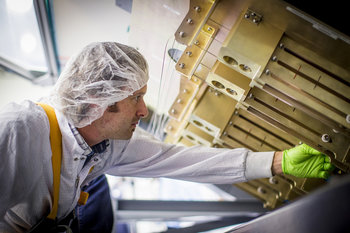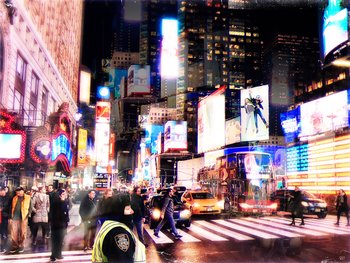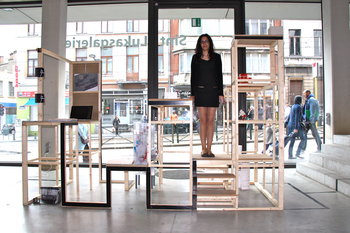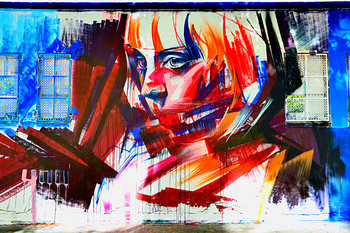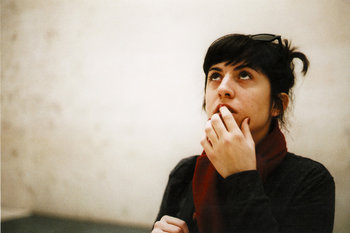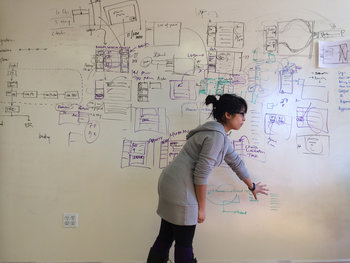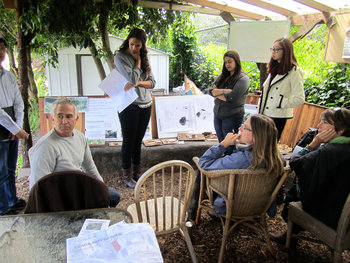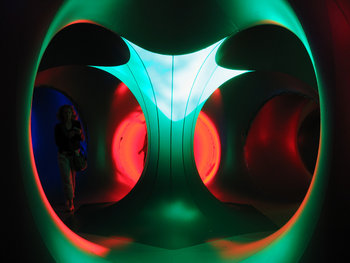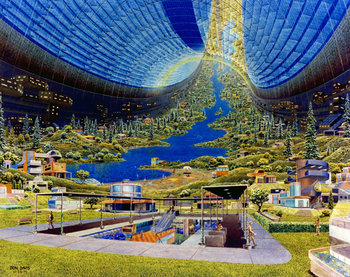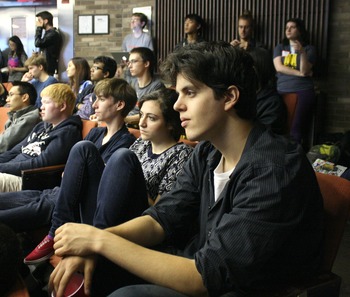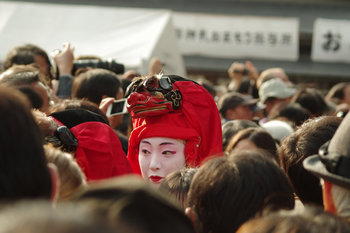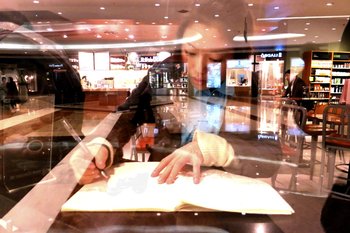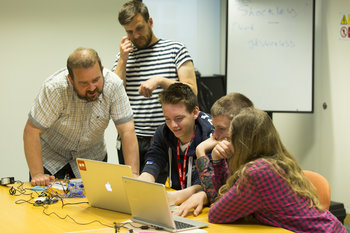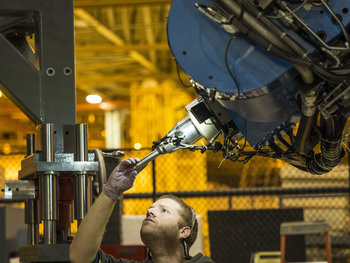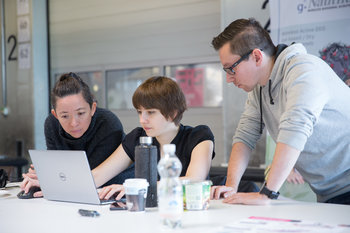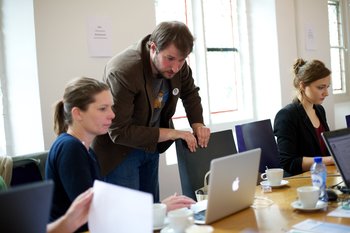
Snowflakes
Snowflakes are spontaneously formed by the freezing of falling water yet demonstrate intricate fractal patterns that can be symmetrical.Ecosystems
Ecosystems emerge from the independent interaction of various species, geographical features and weather systems. Nevertheless, they may demonstrate clock-like timing and structures such as food chains that are remarkably efficient.Cities
Historically, many cities emerged without planning from the independent actions of land owners, neighborhoods and citizens. In many cases, emergent features of cities such as old neighborhoods with narrow streets are considered more attractive than modern areas that have been centrally planned.Markets
Stock markets set accurate prices that represent the future earnings potential of firms using the independent decisions of investors competing for alpha.Internet
The internet emerged as a decentralized process of connecting one computer to another forming networks and then connecting networks together.Artificial Intelligence
As with humans, complex machines may interact to form emergent structures. For example, artificial intelligence already plays a role in the emergence of stock market prices. In theory, self-learning machines could form societies, cultures, civilizations and other complexities.| Overview: Emergence | ||
Type | ||
Definition | When structured big things evolve from little things without coordination or organization. | |
Value of Theory | Avoiding attempts to centrally control things that can emerge with more eloquence. | |
Related Concepts | ||



